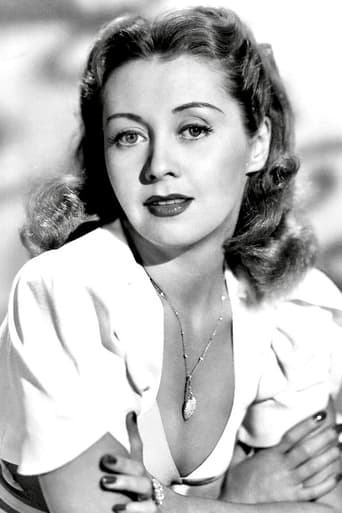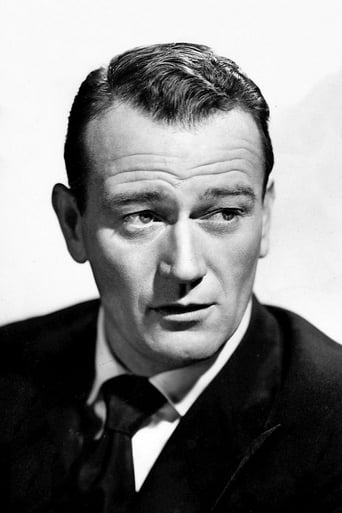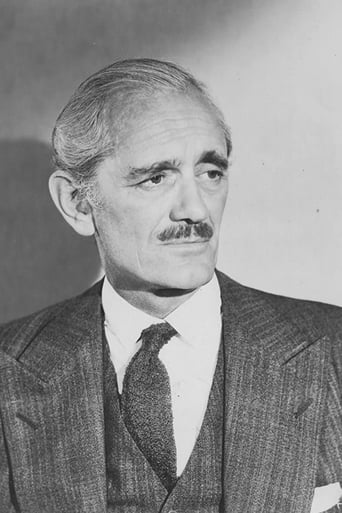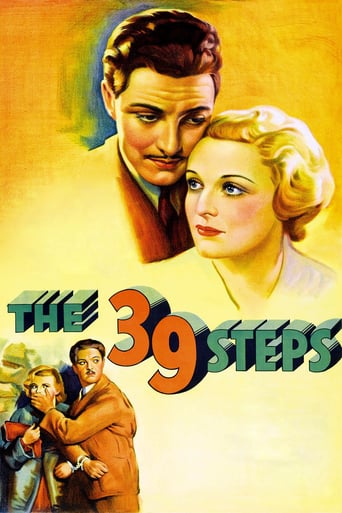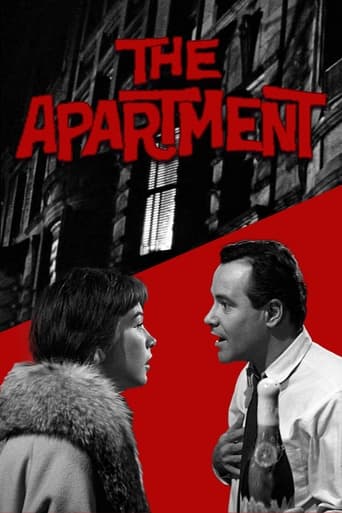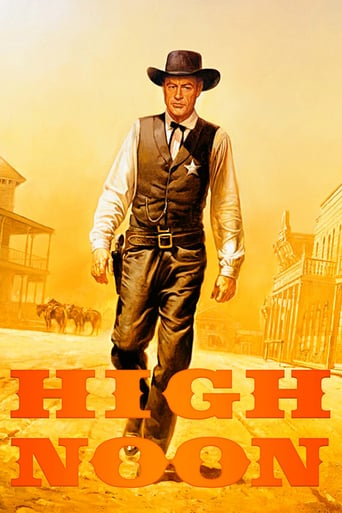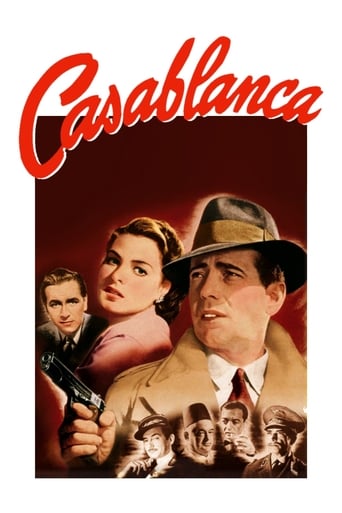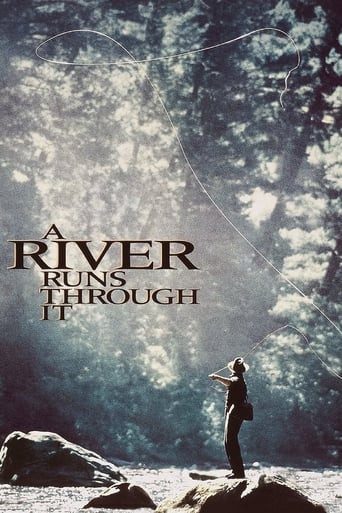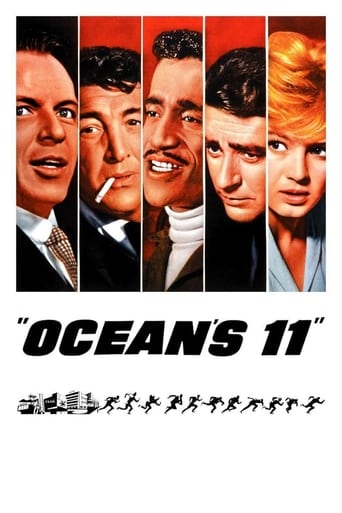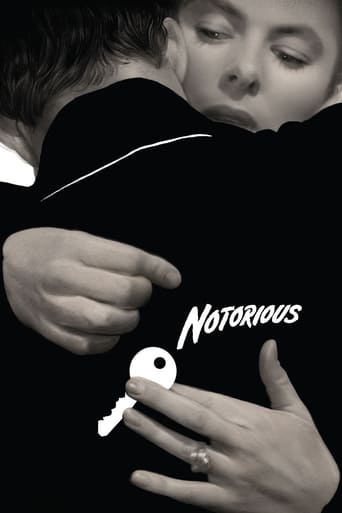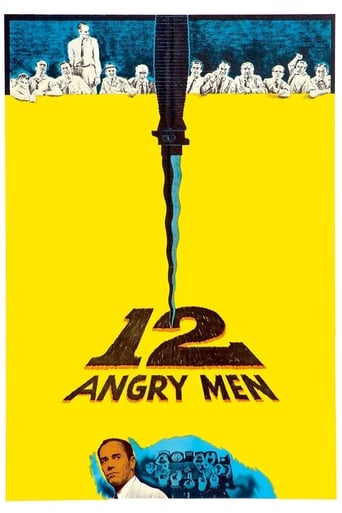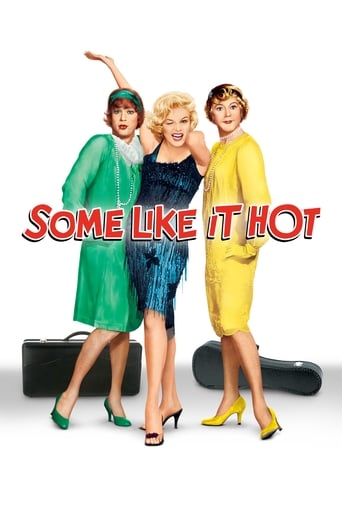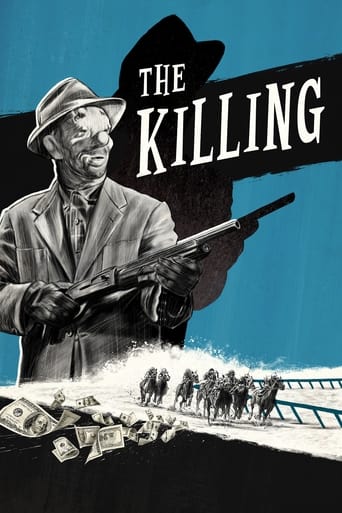

Lady for a Night (1942)
Gambling boat operator Jenny Blake throws over her gambler beau Jack Morgan in order to marry into high society.
Watch Trailer
Cast


Similar titles
Reviews
Good start, but then it gets ruined
Clever, believable, and super fun to watch. It totally has replay value.
There are moments in this movie where the great movie it could've been peek out... They're fleeting, here, but they're worth savoring, and they happen often enough to make it worth your while.
It is encouraging that the film ends so strongly.Otherwise, it wouldn't have been a particularly memorable film
This movie was made in 1942. It is one of several movies that Joan Blondell, a very popular actress of the time, made in that year.I think when you look at a movie of this type, which was an average, run-of-the-mill movie of the time, what you get out of it is a snapshot of what viewers of the day expected to see in a movie. While this movie is a period piece (looks like it takes place in 1875-1885) it says much about 1942-- what people then would view as acceptable viewpoints for the script to put forth.I think there are two major themes in this movie that can give today's viewers an historical insight as they are entertained --the attitudes that were allowed to be expressed in that day and time about black Americans, and the Lost Cause mythology. While one character expresses the thought "Abraham Lincoln done emancipated and proclamated me", you can't tell it from this show. A black female leading character (a character actress with a lot of talent) is consistently spoken to with utter disregard for her feelings or human rights. She is threatened with banishment to Africa, is required to be seated in a segregated balcony with other black Americans, and is condescendingly referred to as "Auntie" by a white policeman, a sobriquet to which she responds in a small, frightened voice. An elderly black actor, portraying a coachman and major domo combination, epitomizes the myth of the faithful black retainer, happy to be subservient and defined by white social mores, long after Emancipation. Black residents of the Alderson Plantation are portrayed as lazy do-nothings. This group of people, in the party scene, are forced to enact the sham of being happy, joyful folk singing spirituals and swilling corn liquor on the porches of their shacks. The black actors in this movie mug, roll their eyes, and in general follow the degrading norms set for blacks in the entertainment world of 1942, which was dictated by black-face comedy-- an odious farcial comedy common in the south, which was acted out by white men.An arresting black character in this movie is Joe, the Conjure man. Joe is an emaciated elderly black soothsayer, who seems frail, yet filled with a power not of his own making, who colors each scene, in which he sings his discordant rhymes, with foreboding. The belief in conjuration, which might be simply defined as the practice of gaining ascendancy over one's adversaries or those one wishes to sway through tricks or spells placed upon them, was brought to American shores from Afica. American authors James Chestnutt and Zora Neale Hurston deal with conjure themes in some of their stories.The Lost Cause myth forms the framework upon which this story is arranged. The movie Gone with the Wind was released 6 years prior to Lady for a Night. The plantation in ruins, with a formerly noble family now fallen on hard times, eking out lives of genteel poverty due to their Confederate sympathies within its crumbling walls, is a scene familiar to anyone who has viewed Gone With the Wind. The Shadows, the name of the Alderson's ancestral home, is about to fall under the auctioneer's hammer for back taxes, another steal from GWTW. That the South's defeat was the nobler cause was a theme that entered American thought and literature in the early 20th century, as Civil War veterans began to pass away in large numbers, and as their deeds became the stuff of legend. It is interesting to note that this movie was for general release to American audiences, so even the descendants of the soldiers of the Grand Army of the Republic were acquiescent to this view of the South.I always enjoy scenes reminiscent of vaudeville in movies of the 1930's and 1940's. The scenes set in Jenny Blake's gambling barge (these probably did exist, I haven't researched it) would be familiar to those who had attended vaudeville shows-- joke telling, elaborate musical numbers, dancing girls, and barbershop style male singing.The costumes in this movie are absolutely first rate, and as a seamstress, I enjoy them each time I watch this movie. Dresses of the late 19th century (as indeed, those of the 1930's) frequently had color combinations, styles, and trimmings that today would seem very garish. Even though the movie is in black and white, the costumes give off an aura as though in color. Whoever designed the costumes, particularly those of Jenny Blake, had an eye for period detail, and access to superb seamstresses. The small bustles are correctly made, the elegant trains drape and move perfectly, and the fit is sublime. All the costumes have been exquisitely fitted to enhance the character-- Aunt Julia, the sinister character of the story, has a perfectly devilish black costume. Jenny Blake's costumes had to hold up to a great deal of active movement and yet they always appear graceful and feminine.I find it interesting that John Wayne's character-- a behind the scenes political wheeler/dealer, manipulated the affairs of his little empire from his position as the owner of a gambling house. In "The Glass Key", a short story by Dashiell Hammet written in the 1920's, the political power behind the throne wheeler/dealer wields his influence from his gambling house/speakeasy. This must be historical.Well, this has gotten long. I wanted to let other people know why I like this movie. We can get glimpses of what the people of yesterday were like-- what they approved of, how they related to other people, what made them laugh at the theater, through watching old movies.
Feeling low?Life getting you down?I've got just the thing for you..... "Lady for a night"(pun intentional?)set in Memphis during Mardi Gras with a cast of several,most of whom are masters of hyperbole.There are truly terrible songs,some dancing from Miss J.Blondell whose thighs are just a tad thick for such extreme exposure,a rather fey performance from Mr J.Wayne (and you don't see that very often) and an opening crowd scene that rapidly accelerates out of the control of director Leigh Jason - a man who was to gratefully grasp at the straw later offered to him by the nascent TV industry. Miss Hattie Noel is tremendous as Miss Blondell's maid.Forget the tremulous whispers of racism,this is a full - on portrait of a strong feisty black woman of her era.She is brash,confident,loud and very,very funny.It may be nominally Miss Blondell's movie,but it is Miss Noel I remember with the most pleasure. Full of Southern stereotypes with dodgy accents,"Lady for a night" satisfies all the criteria for a Camp Masterpiece.Miss Blondell's Gaming House looks as if it might fall down if someone leaned against a wall,Mr Wayne with a top hat is a sight to see indeed and the evil female relative is a dead ringer for Mrs Danvers. About as true a picture of The South as "Gone with the wind",but a whole lot funnier.You may boo and hiss at will - and you will most certainly laugh,loud and often.What more could you want?
OK, it wasn't an Academy Award winner. However, it did have many good elements to it. I'm not going to waste time telling you what it was about, you can read that in other comments. John Wayne was young and good looking, standing straight and tall. John Blondell was young and pretty. I remembered her in later movies after she had gotten older and a little heavier. Old man time sure beats the heck out of all of us.Some people will raise and eyebrow at the plantation type scenes with the blacks dancing and singing. Did that go on? I don't know, but I wouldn't be surprised that after hard work in the fields, ANY people would be happy for the party time. Hattie Noel played the maid (Chloe) of Joan Blondell (Jenny). Chloe was funny and did an energetic job. Were these type parts demeaning for Blacks? Sure. But the way to look at it, is that it was the beginning of getting the foot in the door to show what you could do. There was a lot of talent in that singing and dancing. Nothing to be ashamed of, many a White person has played a demeaning part. The main thing is to showcase your talent. Hattie Noel may not have had the good fortune to be in Gone With The Wind, but she would have done quite nicely.The best acting came from Edith Barrett who played the kinder Alderson sister Katherine. Some might call it overacting but I don't think that to be the case. You could feel her anguish between being torn by family loyalty, fear of her sister and doing the right thing. She gave a terrorized, impassioned performance.Also enjoyable was John Blondell's singing performances as the part owner of the riverboat. In fact, she was so good that I wondered if a professional singer had dubbed her voice, even though I was aware of her own musical talents.Blanche Yurka played the evil sister Julia, and how she could ooze evilness, with those eyes boring into anyone who crossed her. She hadn't changed much from her earlier days as Madame Defarge in A Tale of Two Cities.Leonid Kinskey played John Wayne's bodyguard. Although Mr. Kinskey was always a good character actor (remember him as the funny bartender in Casablanca?), the reason for the part in the movie escapes me. I guess John Wayne needed a sidekick.The rest of the cast was adequate, but nothing noteworthy that I can remember. Except of course for the can-can girls who really knew how to dance that thing with plenty of spirit.OK, should you see it? If you have the movie or see it coming on the late show, no reason not to. The story is predicable and acting is adequate with a few who stand out as mentioned above. Don't watch it just to see John Wayne because the Duke was just being the Duke. And although the Duke is almost always fun to watch, this role didn't give him much room to do his thing. His part was overshadowed by larger parts going to Joan Blondell and the Alderson sisters. However, if you have the time, you will be entertained by a movie that is "not too bad" and "fairly enjoyable". There are some good acting parts and the singing and dancing routines are quite good too. I do not think you will be disappointed.
The prior review was excellent. But the movie is set in Memphis not New Orleans, even though the Mardi Gras opening would belie that. And Joan Blondell's character is the one who proposes the marriage, not the other way around. All in all, it's very entertaining movie which deserves a better reputation.


